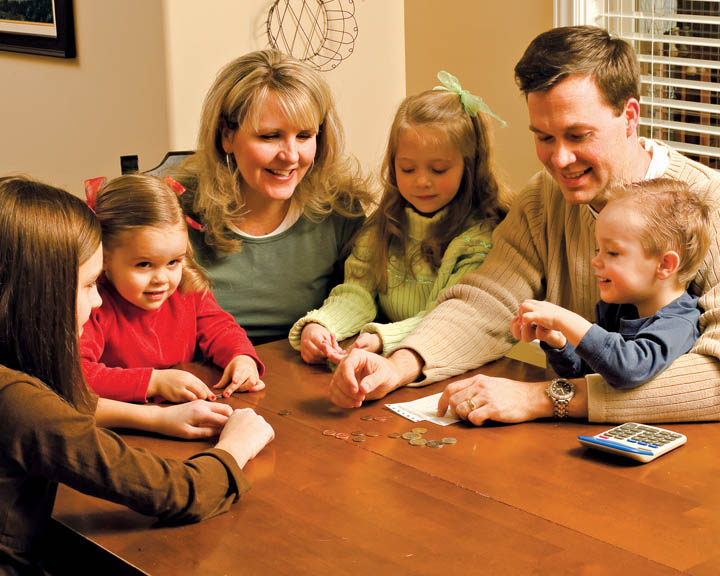My last blog talked about the fire of free will – the power, intensity and capacity that our children have to choose. We are thrilled when they choose well and sad or frustrated when they choose poorly.
We try to help them in their choices as best we can, but find that it can be a challenging puzzle. When are we helping them too much or too little in their choices? One friend commented,
“I am strict in enforcing rules until I get too tired, then I let the kids do what they want until there is so much chaos I can’t stand it any more, then I get strict again.”
I think all we all flip between the extremes at some point, neither extreme feeling right.
So how do we find the balance? Our questions are real. Are we giving too much freedom or not enough? Are they mature enough to handle a choice? How do we come up with a consequence? How long do we wait to enforce a consequence? How do we guide them to choose well?
After searching professional parenting material, I saw good advice, but never a complete solution to this puzzle. Sometimes I found pieces, but never could figure out how they fit with the others. Still, some of the pieces seemed to be missing.
Searching the scriptures gave me a more complete view of the answers and how they fit together. Looking to Heavenly Father’s words and dealings with His children showed patterns that could be applied in my own family. I found words of the prophets as they taught their own families the principles of success and saw a parenting mentor in the example of God’s Son, Jesus Christ.
I take great comfort knowing we are not left alone to create family law from scratch. It is exhausting to try. God is a perfect leader and has created a perfect law. Our Creator gives us three major pieces to the parenting puzzle, conditions that give us maximum choice but conditions that help to keep those choices on the right track. They are:
1. Knowledge
2. Choice
3. Responsibility
When we understand the pieces and how they fit together, we can start to apply them in our own families. Finding the pieces takes effort. Fitting them together takes trial and error. Our kids are not the only ones with much to learn.
The next few blogs will discuss the pieces of the puzzle. As we talk of each piece, your ideas are welcome and valuable. We can help each other put knowledge into action.


